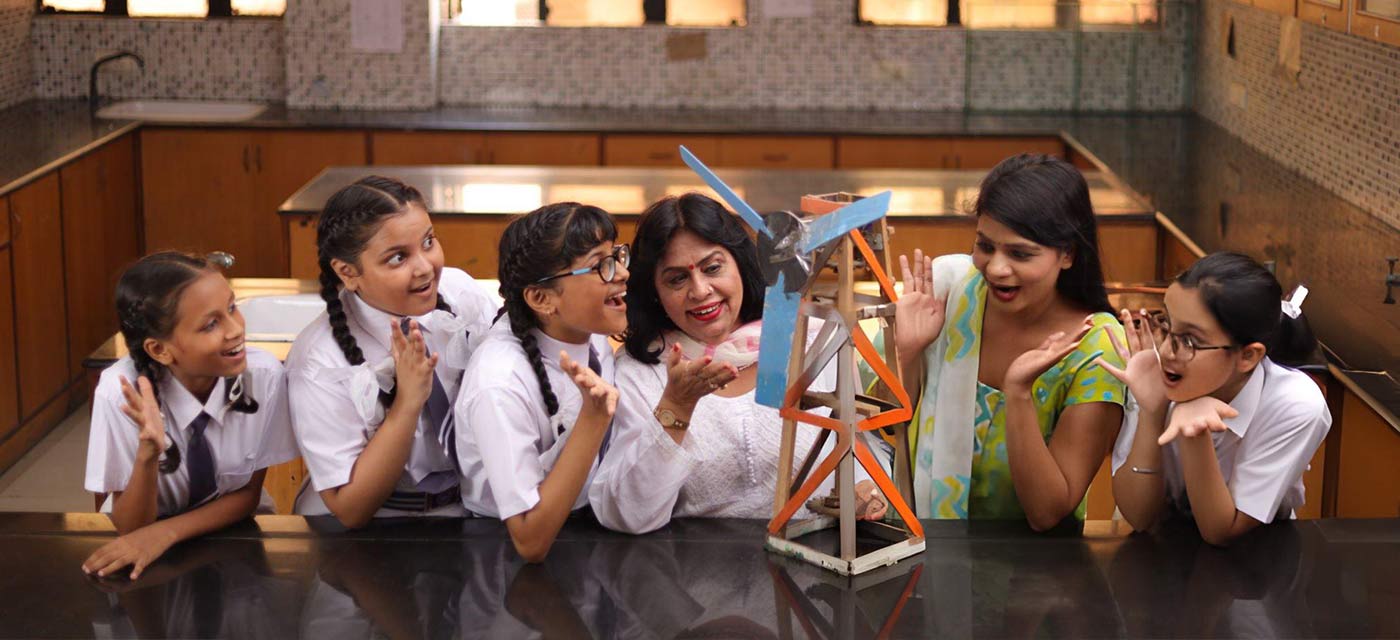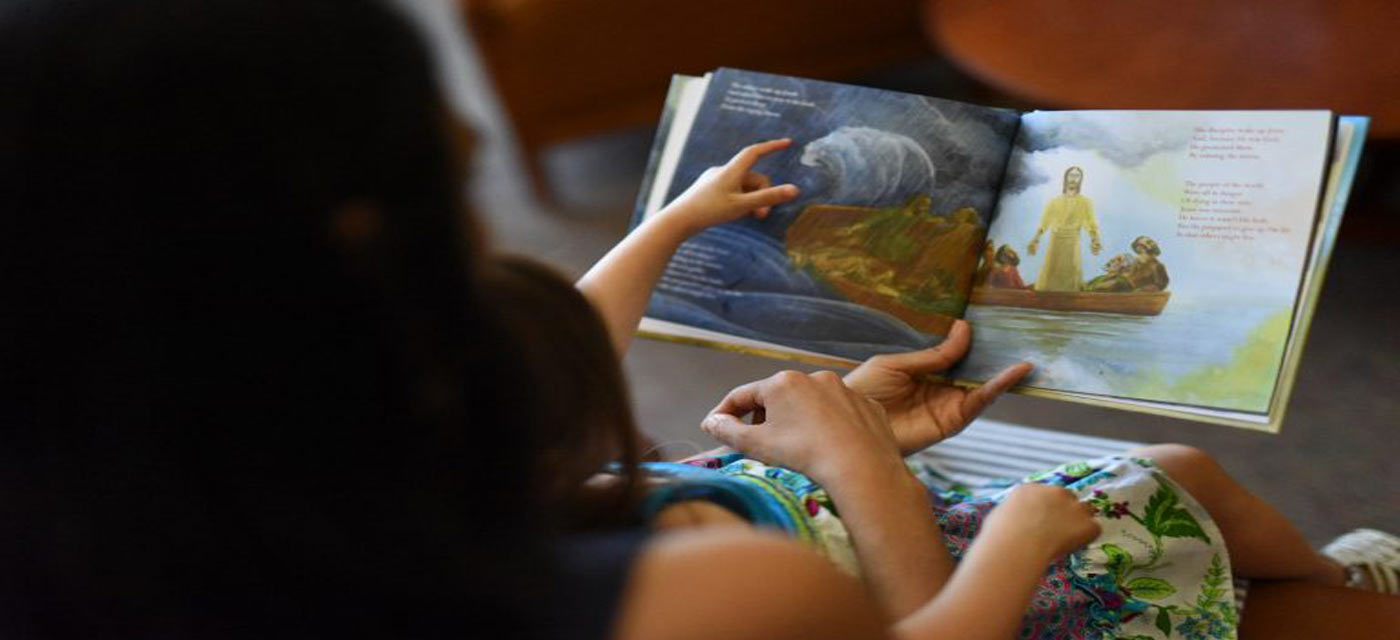The classroom culture of each school is unique. Modern classrooms adopt advanced teaching techniques that provide educational flexibility and help students effectively explore new ideas. Traditional classroom culture was unidirectional but the contemporary classroom culture is more efficient, disciplined, and diverse. By adopting an ideal classroom culture, a school aims to focus on the student’s performance enhancement and overall development. Let’s get acquainted with the 5 leading characteristics of an ideal classroom culture that the best school in Gurgaon follows.
1) Combination of work and play
The combination of work and play suits the best for any school in Gurgaon aiming to implement an ideal classroom culture. The corresponding culture not only focuses on the educational progress of the students but also engages them in non-educational sessions and games. Consequently, the culture intends to keep the students active throughout the school hours. This will help them better grasp the academic concepts and simultaneously enjoy the co-curricular activities.
2) Bidirectional assessments and feedback
The best school in Gurgaon adopts a bidirectional concept of assessments and feedback. The traditional classroom culture follows a system where the teacher assesses the students’ academic performance and offers feedback. However, the ideal classroom culture followed by the contemporary educational system allows students as well to leave feedback regarding their understanding level. Based on students’ feedback, teachers can decide to modify the existing teaching methodology if required. The bidirectional assessment and constructive feedback contribute to a more interactive and effective learning experience.
3) Adherence to rules and regulations
Any school in Gurgaon aiming to establish an ideal classroom culture needs to define a set of rules and regulations that students and teachers must follow. Typically, these rules and regulations could include raising a hand to let the teacher know the student is having some doubt, not discussing the doubt with a peer as it would create a disturbance, and maintaining a peaceful environment within the classroom. The ideal classroom culture may also involve that each student should exhibit mutual respect within the classroom, to establish harmony.
4) Space for all kinds of learners
If a school in Gurgaon intends to follow an ideal classroom culture, it needs to provide equal attention to all students. The ideal classroom culture doesn’t solely focus on marks and performance. Instead, it takes each student along in the educational journey, facilitating them to learn at their own pace. For example, an academically weak student will get thorough guidance and assistance from the teacher to improve his/her performance whereas a topper student will have curated assignments that will further hone his/her skills.
5) Interactive learning experience
Along with direct lecture delivery, an ideal classroom culture will give students the freedom to ask doubts, discuss the concepts, and provide feedback. The traditional classroom culture relies on the monotonous teaching approach wherein the teacher delivers the required information and students absorb the same without asking any questions. Instead, the ideal classroom culture will involve direct lecture delivery as well as an interactive session where students can communicate with teachers to better understand the concepts.
Final Words
The best school in Gurgaon has these characteristics that help them achieve an ideal classroom culture. These characteristics help establish mutual understanding between the teacher and students. Laburnum Public School adopts an ideal classroom that fosters the all-round development of students.



